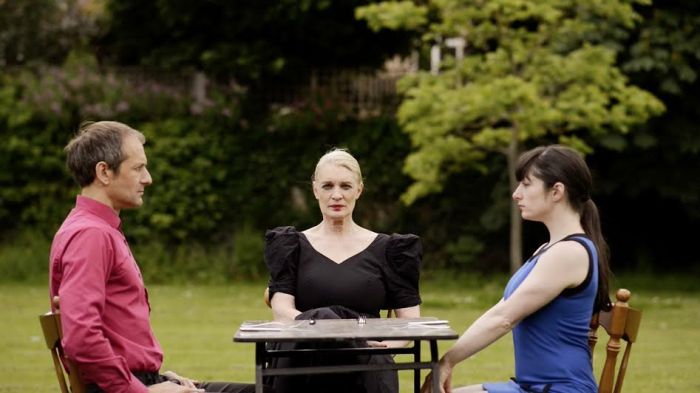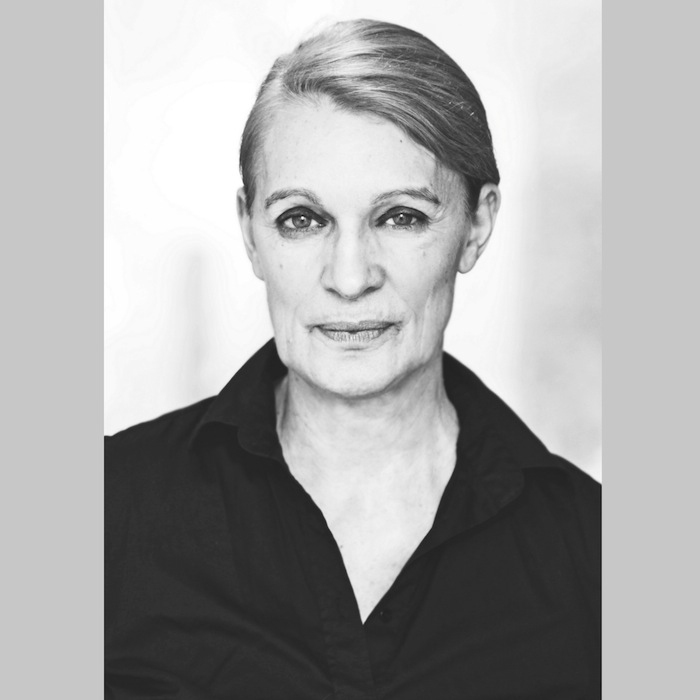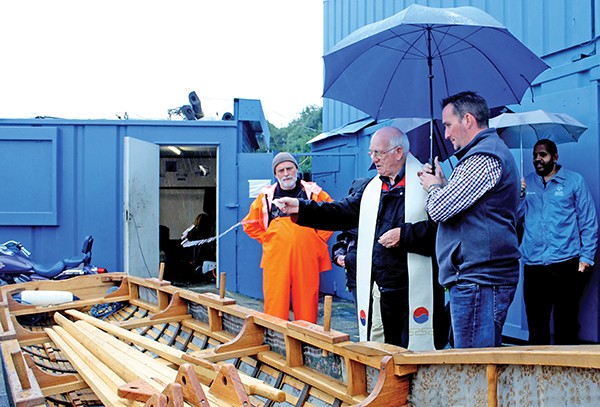On Saturday October 15th, the annual Boat Lift took place at the Ringsend Registered Fishermen & Private Boat Owners Association boatyard.
This event marks the end of another summer on the river and is one of the most important dates of the year for the boat owners, second only to the day in the spring when the boats are lifted back into the water.
The process started at 7.30am in a cascade of rain so everyone was already wet to the bone before the first boat was harnessed.
The owners were out in force, as nervous as cats. Throughout the day each in turn brought his or her vessel alongside the river entrance to the yard, to be gathered in a sling and hoisted above the boats already in situ and the heads of the people below. Then it was lowered to the waiting crew who coaxed it into place with a mixture of skillful rope work, shouting and bated breath.
All the owners could do was lend a hand, or watch the proceedings and pray that their pride and joy would be delivered safely into the cradles beneath, which were pushed into place by the volunteer workforce as each boat came to rest. Most held their nerve admirably, with one or two notable exceptions. There was no need to worry. They were in the capable hands of Arklow crane driver, Eddie Murphy (below) and his son, Ryan, who was there to communicate detailed instructions to the crane from the yard and skilfully guide each boat into place.
The crew on the ground were no slouches either. Familiar faces from all the clubs on the riverside and beyond were there to lend a hand and were led by Eddie Byrne and Mick Curry. Both have been involved in this event many times before and were confident in the work.

In all, there were up to forty people in the yard, most to help, some to offer an opinion or ‘advice’ and some just to enjoy the theater of it all. By 11am the skies cleared and it was bright and sunny, which made the job easier.
The boats, for logistical reasons, cannot be laid side by side in straight rows. They have to be dropped in alongside each other with the narrow bows of some delicately maneuvered into the tight spaces between others, like a giant jigsaw puzzle.
All of this activity was framed in clouds of mist caused by the power washer being used by Mark Byrne to clean the underside of the boats as they arrived in the yard. As each boat swayed overhead the barnacles were scraped from the bottom of her keel by one or two of the crew.
Josephine Brown watched anxiously as her boat, the Molly Bloom, was lowered into place. She said that the experience is “nerve-wracking” for the owners.
Josephine compared the day’s proceedings to a ‘meitheal’ the old Irish tradition where people in rural communities gathered together on a neighbour’s farm to help save the hay or some other crop. Each person would help their neighbour who would in turn reciprocate, all acting as a team to the benefit of everybody.
All and all it was a great way to spend an October Saturday, with enough excitement, drama and big toys to appeal to the inner child in everybody who was present.
Throughout the day all were treated to endless cups of tea, coffee and wonderful freshly made sandwiches generously provided, as always, by Phyllis, Karen and Eddie Byrne.
In the end, everyone was happy with a job well done. The mission was complete by 5.45pm, almost three hours ahead of schedule. After that the volunteers and owners headed off to the Poolbeg Yacht Club for a well-earned drink, satisfied that the boats will rest easy on their cradles for the winter months.
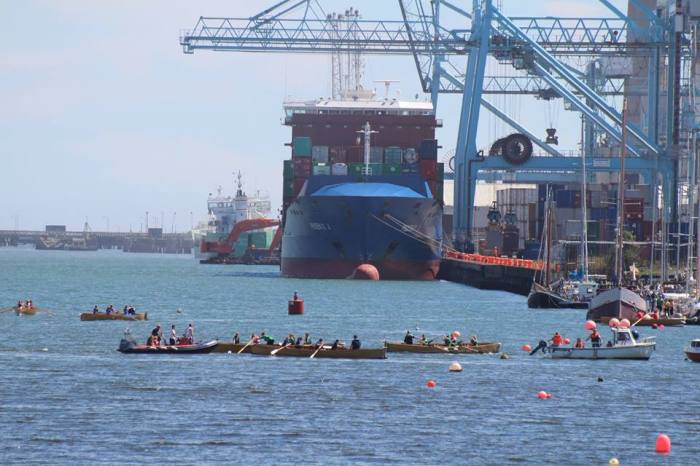

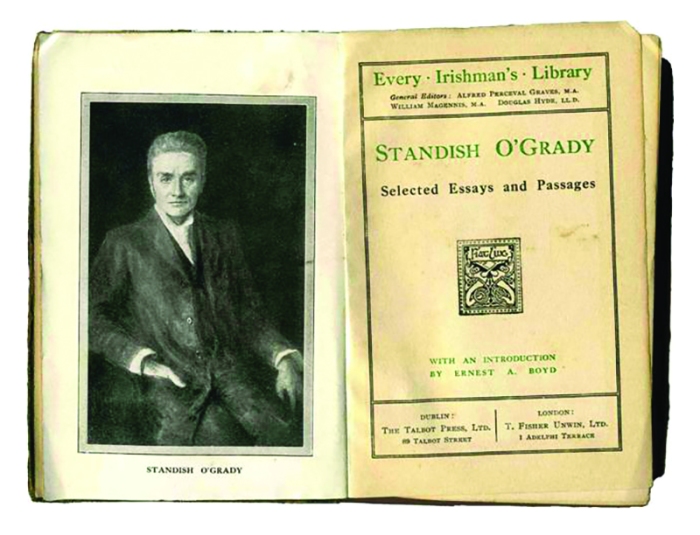

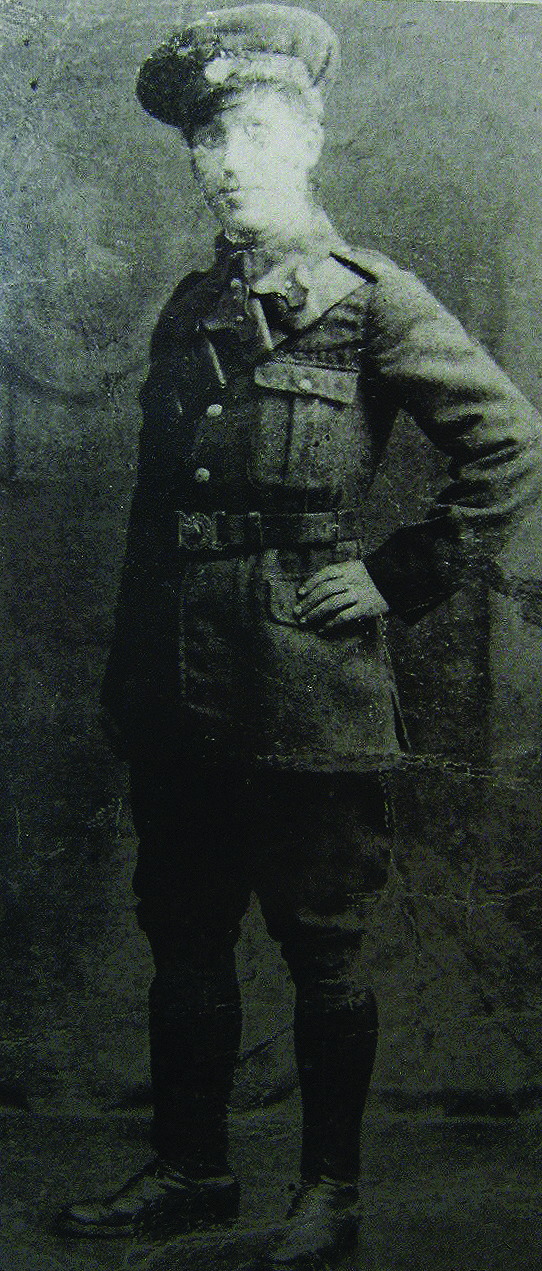
 The British troops suffered heavy casualties, in part due to the decision taken by their commander, General Lowe, that Mount Street Bridge had to be taken “at all costs”. Throughout the day his men, led by officers, charged into the path of the fire, even though there were alternative routes into the city. The resulting carnage saw four British officers dead and 216 other ranks of the Sherwood Foresters killed or badly wounded. Four civilians were also killed in the crossfire.
The British troops suffered heavy casualties, in part due to the decision taken by their commander, General Lowe, that Mount Street Bridge had to be taken “at all costs”. Throughout the day his men, led by officers, charged into the path of the fire, even though there were alternative routes into the city. The resulting carnage saw four British officers dead and 216 other ranks of the Sherwood Foresters killed or badly wounded. Four civilians were also killed in the crossfire.